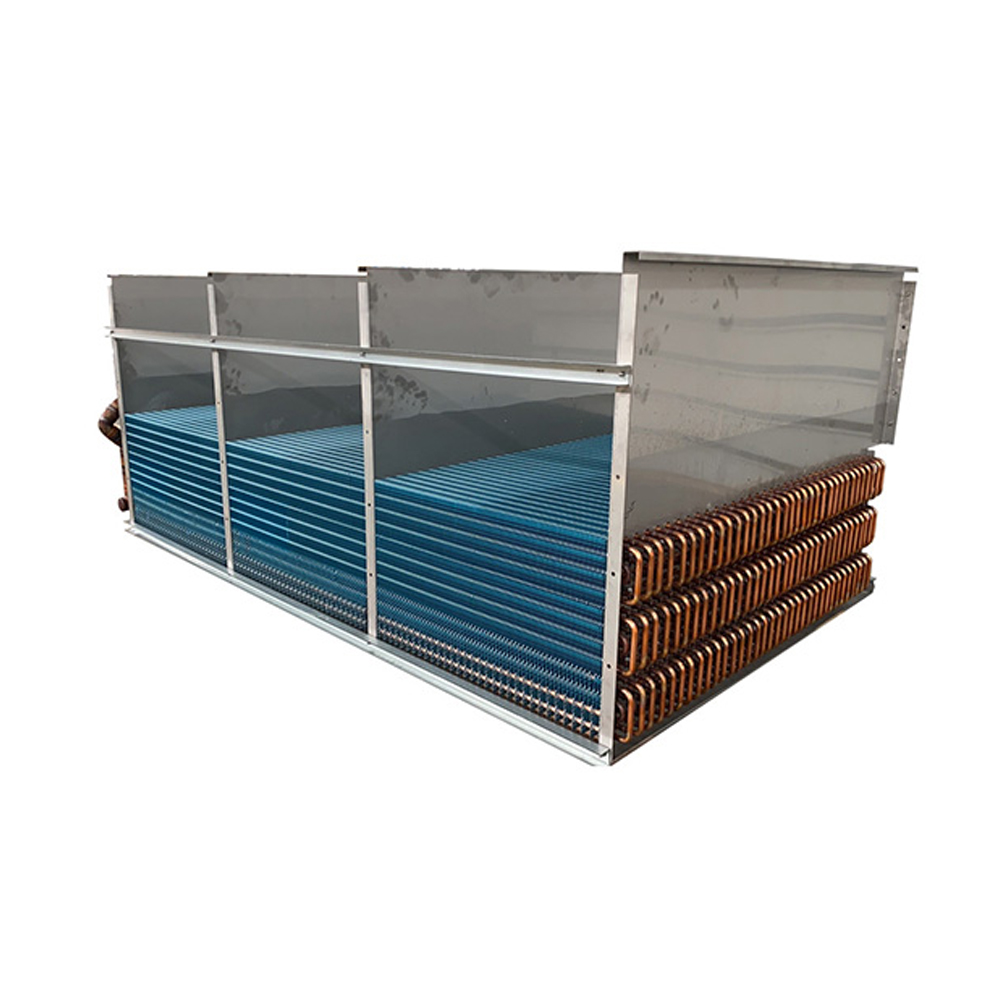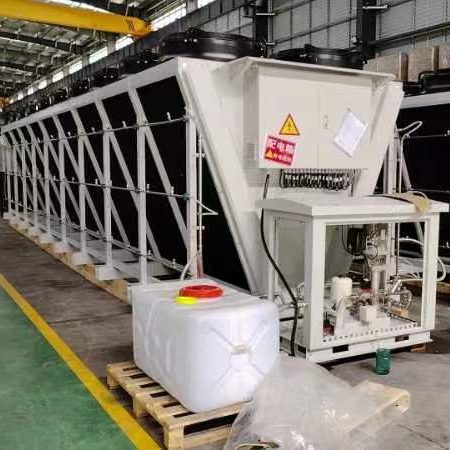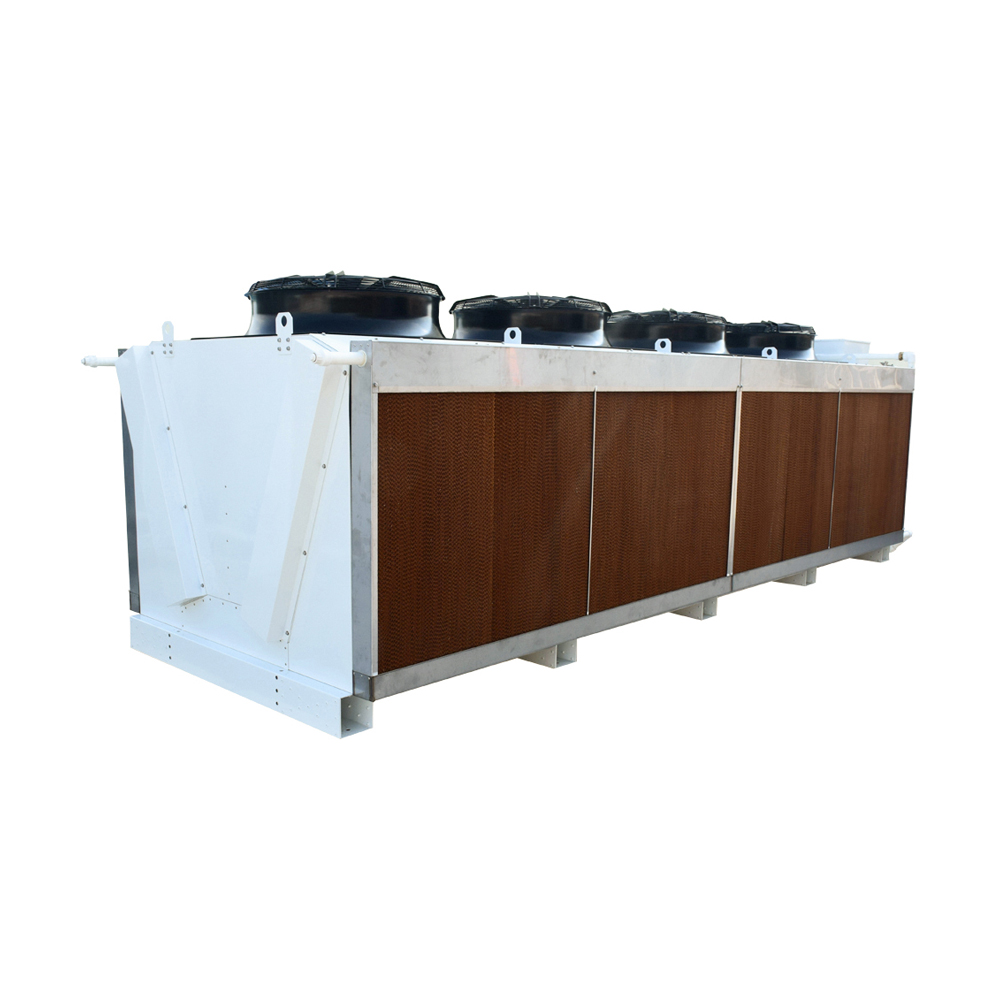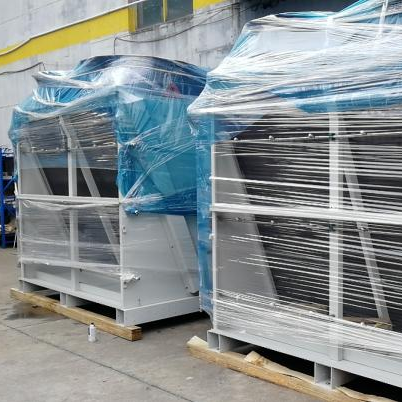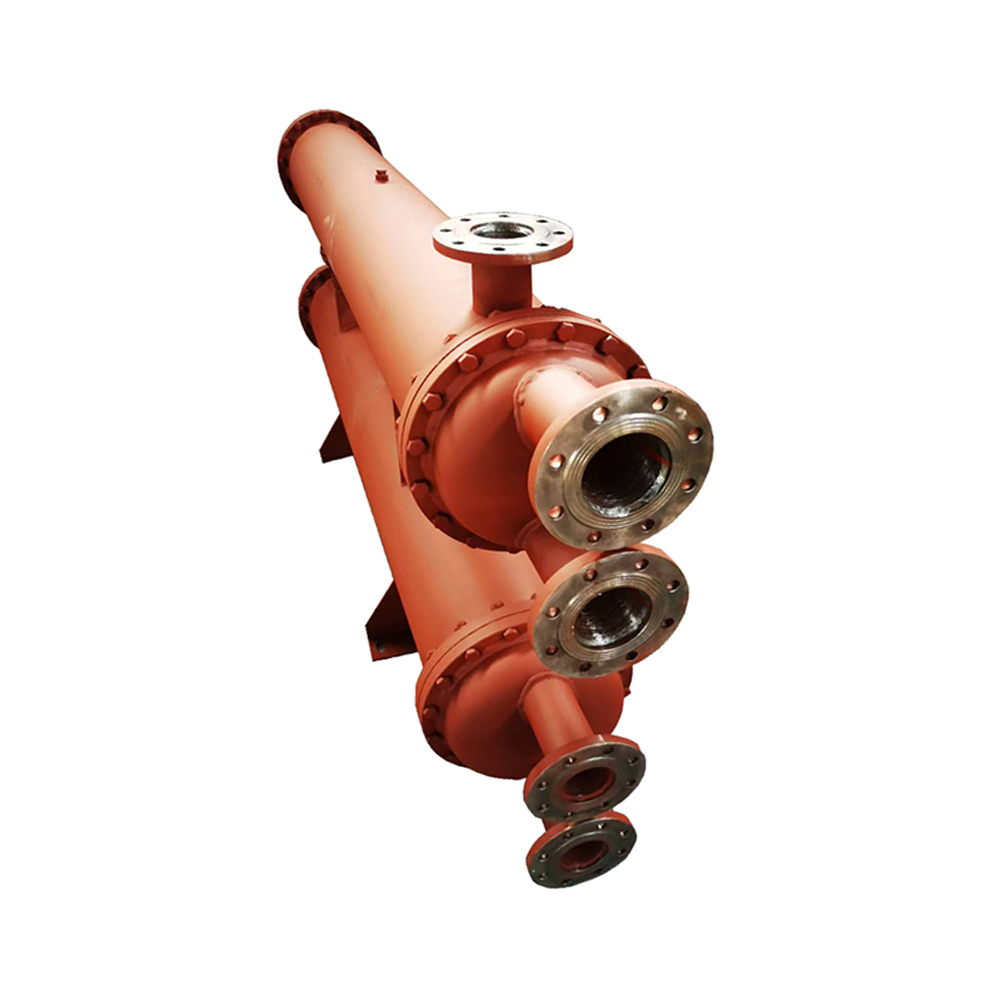
In the world of industrial cooling, maximizing energy efficiency is often at the forefront of equipment selection. Dry chillers, frequently overlooked, play a pivotal role in this process. This article delves into how they achieve energy efficiency, drawing from real-world experience and industry insights.
Hozte lehorrak ulertzea
To begin with, it’s important to understand what a dry chiller actually is. Unlike traditional systems, dry chillers operate without requiring water, which can drastically cut down on both resource use and maintenance costs. This is often a revelation for many, as the assumption tends to be that chillers inevitably consume large amounts of water and energy.
One might recall a project where integrating dry chillers led to a substantial reduction in energy costs. In regions where water conservation is a priority, these systems offer an additional layer of sustainability. Dropping a figure from our previous project, energy savings reached up to 30%, a testament to their efficiency.
Still, the success of implementing dry chillers is not just about swapping out old systems. It requires a keen understanding of the heat transfer processes involved. Companies like Shanghai SHENGLIN M&E Technology Co.,Ltd, accessible at Shenglincoolers.com, have honed this craft, providing tailored solutions that marry technology with real-world applications.
Key Advantages Over Traditional Systems
So, what exactly makes dry chillers stand out against their traditional counterparts? For one, the absence of water reduces the risk of corrosion and mineral buildup—both notorious issues in closed-loop systems. This might seem like a small victory, but it significantly extends the lifespan of the equipment, ultimately saving on costs and replacement time.
Moreover, the operation of dry chillers at ambient air temperatures implies that they leverage natural cooling much more effectively. This is not just theoretical; in practice, facilities often report lower operational temperatures, leading to less strain on machinery and more consistent performance.
Looking at specific scenarios, facilities located in cooler climates benefit immensely from the ambient cooling effect. In one specific instance, the implementation of these chillers in a Northern plant led to an unexpected advantage—the ability to redirect energy savings to other critical operations.
Applications in Diverse Industries
Dry chillers aren’t confined to a niche market. Their application spans across numerous industries, from data centers to food processing units. In a data center, for example, the reduced need for water makes it easier to maintain stringent environmental controls without frequent downtime.
In the food industry, the perpetual challenge is maintaining exacting temperature standards. Dry chillers offer precise control, which is indispensable in the preservation of perishable goods. The feedback from operators often highlights the reliability and consistency of these systems.
However, it’s not always straightforward. Some industries require a blending of different technologies to achieve optimal results. Here’s where expertise from companies like SHENGLIN becomes invaluable in evaluating the specific needs and providing comprehensive solutions that integrate seamlessly into existing infrastructure.
Erronkak eta gogoetak
It’s crucial, though, to approach the deployment of dry chillers with caution. There are pitfalls waiting for the unprepared. For instance, proper sizing is critical—an undersized chiller can lead to inefficiencies, while an oversized one may lead to unnecessary costs and space usage.
Moreover, during one installation, there was a notable oversight regarding airflow circulation, leading to suboptimal performance. These lessons underscore the importance of thorough planning and expert consultation.
Shanghai SHENGLIN M&E Technology Co.,Ltd provides not just the technology but also the guidance, ensuring that potential issues are anticipated and expertly managed. Their experience in the cooling industry is a resource that facilitates better decision-making and project outcomes.
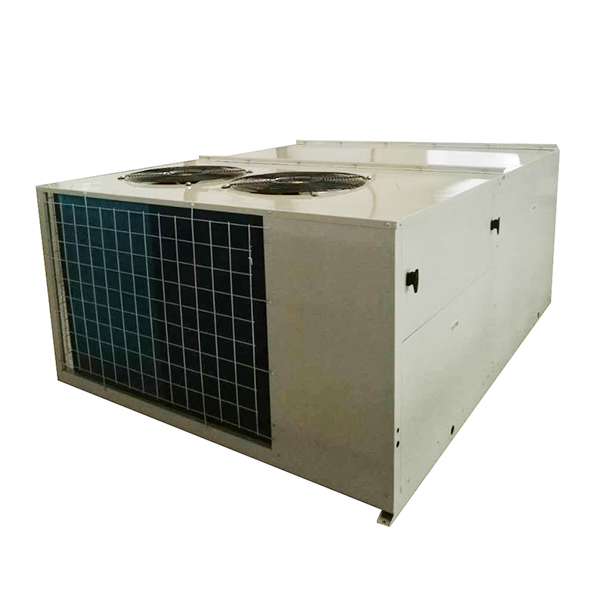
The Future of Dry Chillers
Looking ahead, the role of dry chillers in boosting energy efficiency is set to expand. As regulatory environments tighten around water and energy usage, their value proposition only strengthens. Anticipating future shifts, innovations are already in motion, pushing the boundaries of what these systems can achieve.
Emergent designs and smarter controls are likely to enhance integration into building management systems. This looks promising as the industry evolves towards greater digital interconnectivity—a point of interest for companies seeking to future-proof their operations.
Ultimately, the trajectory of dry chillers in energy efficiency underscores the importance of not just embracing technology but understanding its application deeply. As SHENGLIN continues to refine their offerings, they remain at the forefront of this subtle revolution in industrial cooling.












